Polaris Dawn crewed mission could suffer additional delays
Original Publication Date: 2022-10-25 11:05
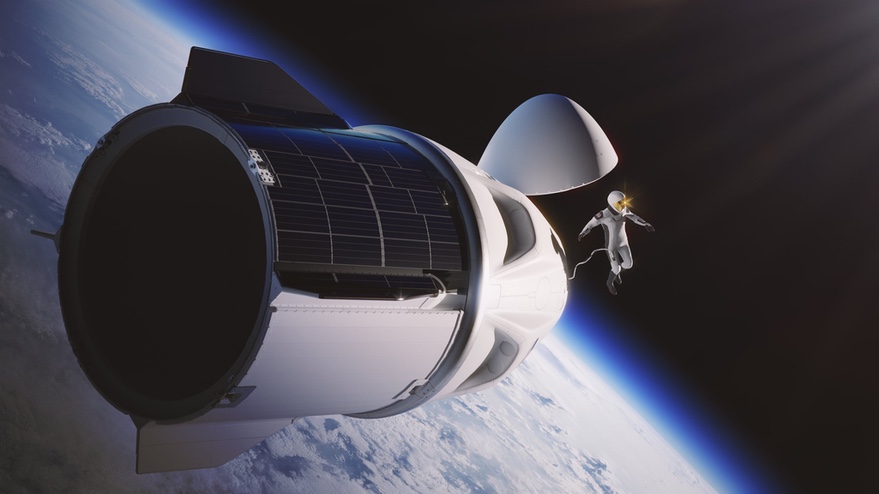
Polaris Program originally planned its first Crew Dragon mission to fly in the fourth quarter of this year. The four-person crew will perform the first spacewalk from a Crew Dragon spacecraft. As recently as July, that mission was still scheduled to fly this year, with a projected launch in December.
Orbit Fab secures new investor to support satellite refueling efforts
Original Publication Date: 2022-10-25 13:00
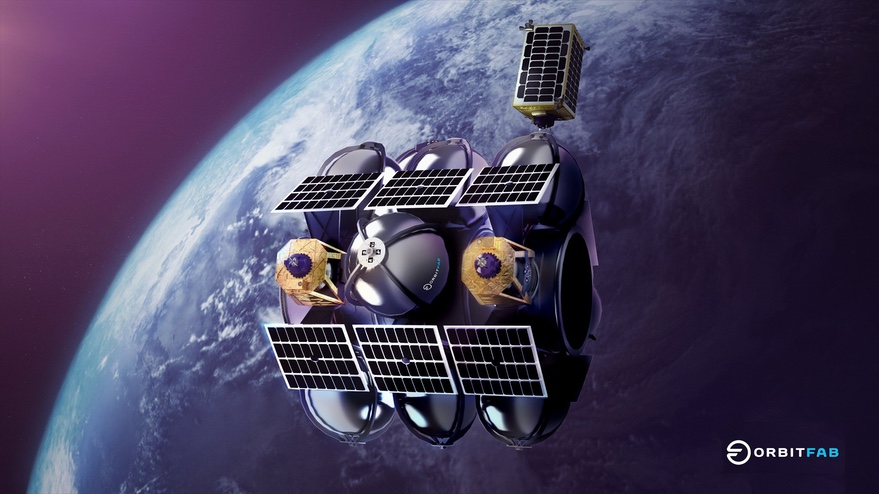
Orbit Fab is developing infrastructure for in-space refueling of satellites. 8090 Industries bills itself as an investment firm that backs “category-leading industrial giants of tomorrow” The firm has previously funded startups working on alternative energy technologies. It has not previously invested in a space company.
China’s spaceplane raises orbit and national funding
Original Publication Date: 2022-10-25 11:49
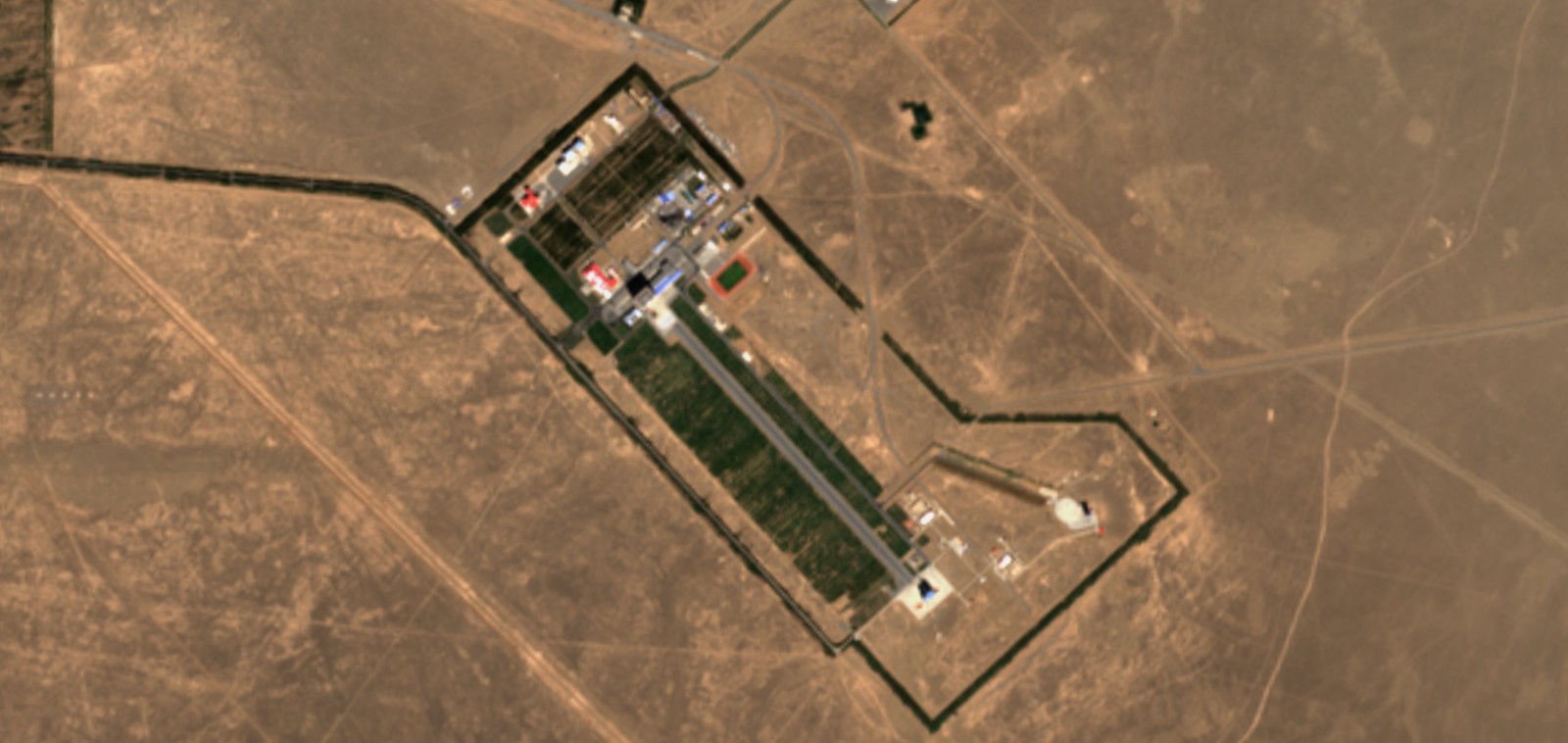
China's spaceplane has performed an orbit-raising maneuver and recently secured new funding. The “reusable experiment spacecraft” launched from Jiuquan in the Gobi Desert atop of a Long March 2F rocket Aug. 4. Little is known about the project with China closely guarding the launch operations.
Final two Pléiades Neo imagery satellites land in French Guiana
Original Publication Date: 2022-10-24 21:44
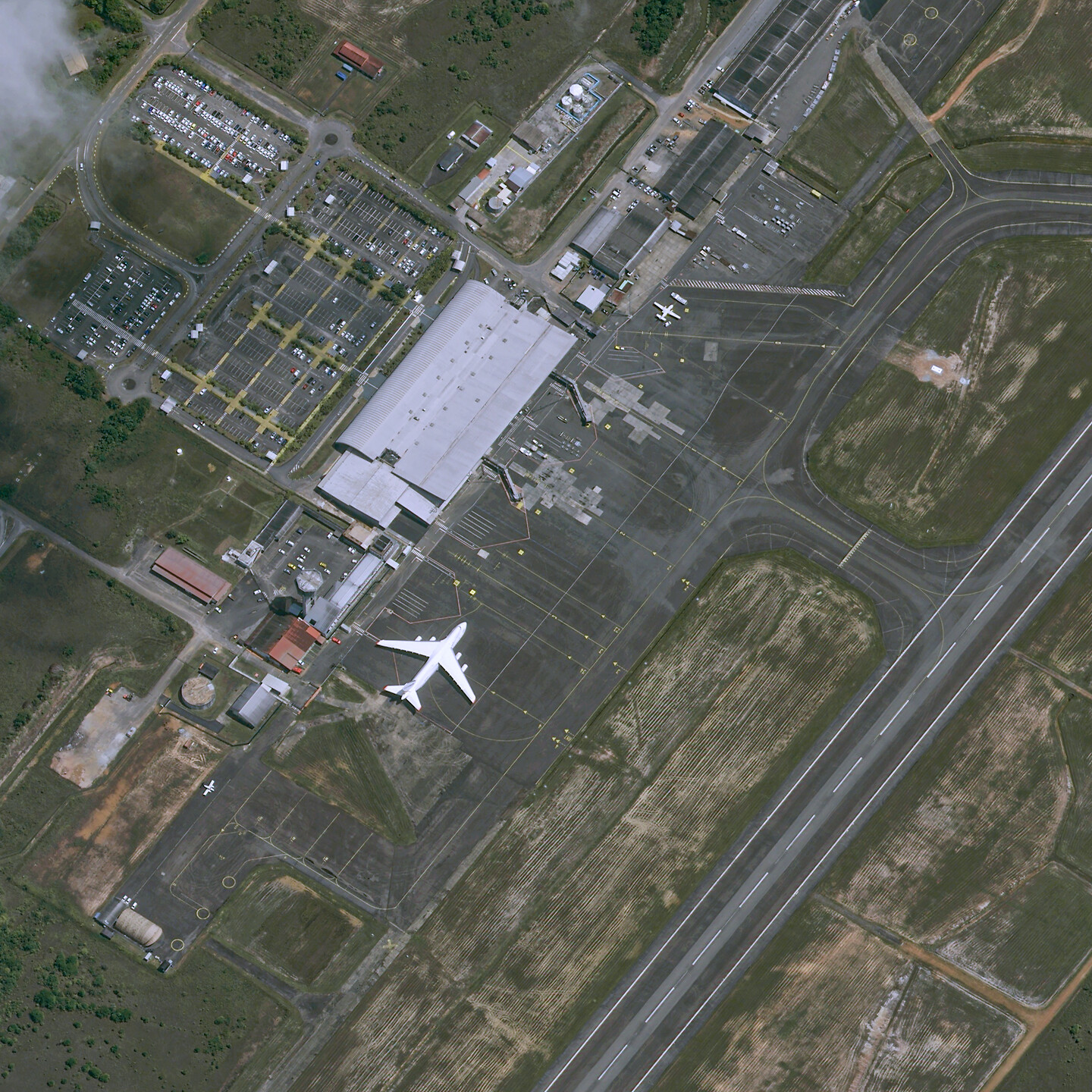
Pléiades Neo 5 and 6 flew from Toulouse, France, to French Guiana on Oct. 21. It would be the first commercial mission for Europe's Vega C rocket. Arianespace is slated to launch the pair of Pléiades Neo satellites in late November.
Space Force to activate sensor on Wide-Field-of-View missile warning satellite
Original Publication Date: 2022-10-24 20:28

The WFOV geosynchronous Earth orbit demonstration satellite is set to receive ‘first light’ data. It launched in July on a United Launch Alliance Atlas 5 rocket. The satellite will be able to continuously monitor large sectors of the Earth’s surface.
War in Ukraine shifts priorities among European government agencies
Original Publication Date: 2022-10-24 18:12

European space organizations are revising budgets, programs and policies in light of the war in Ukraine. Roscosmos’ decision to halt Soyuz launches from French Guiana has left ESA scrambling to find alternative transportation. Military space agencies, meanwhile, are expected to increase funding for Earth observation, space situational awareness and communications.
Apex raises seed round to mass produce smallsats
Original Publication Date: 2022-10-24 13:00
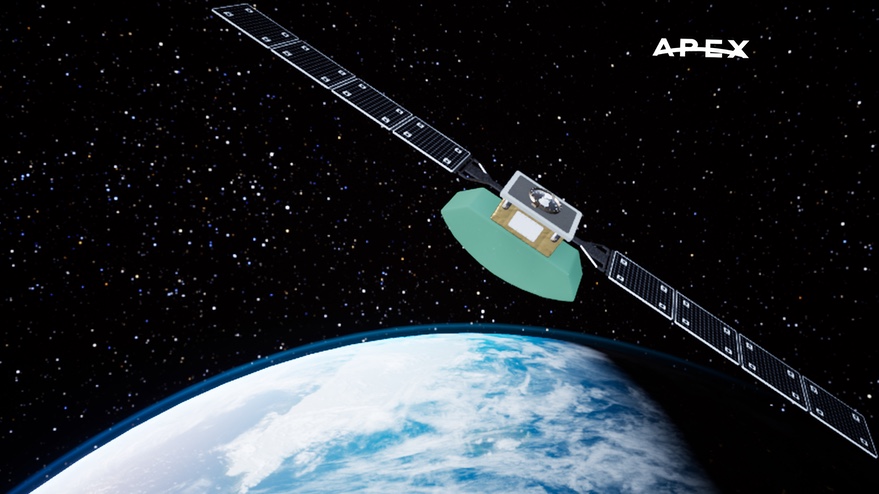
Los Angeles-based Apex announced Oct. 24 it raised a $7.5 million seed round. Apex plans to enter the satellite manufacturing market with a bus called Aries. The bus is designed to support a range of missions, including Earth observation and communications. The company plans to build its first bus in 2023 to launch as a demonstration.
NASASpaceFlight.com
OneWeb launches 36 satellites aboard India's GSLV Mk.III rocket. Mission marks the first commercial launch for the GSLV rocket. Launch took place at 12:07 AM local time on Sunday, Oct. 23 (18:37 UTC on Saturday, Oct. 22)
Commercial Archives
Rocket Factory Augsburg is a German launch startup, based in the city of Augsburg. The RFA One rocket is RFA’s first launcher in development. RFA co-founder and COO Dr. Stefan Brieschenk talked about current manufacturing methods and upcoming plans for its RFA One rocket.
International Archives
Rocket Factory Augsburg is a German launch startup, based in the city of Augsburg. The RFA One rocket is RFA’s first launcher in development. RFA co-founder and COO Dr. Stefan Brieschenk talked about current manufacturing methods and upcoming plans.
Chinese Long March 3B Launches APStar-6C Communications Satellite – Spaceflight101

China launched a rare commercial launch of a Long March 3B rocket with the APStar-6C communications satellite for APT Satellite Holdings. Long March 3B lifted off from the Xichang Satellite Launch Center at 16:06 UTC on a mission of under half an hour to lift the spacecraft into an elliptical Geostationary Transfer Orbit. Confirmation of launch success was provided by APT Satellite around 40 minutes after liftoff when the satellite had been separated into its target orbit.
Blue Origin’s New Shepard Reaches new Heights in latest Test Flight – Spaceflight101

Blue Origin's reusable New Shepard launch system reached new heights in a test designed to expand the vehicle’s operational envelope by sending it to a peak altitude of 107 Kilometers. Sunday’s flight marked the second for this particular set of hardware, following up on the successful December 2017 mission that debuted “Crew Capsule 2.0”
ISS Updates – Spaceflight101 – International Space Station

A veteran NASA spacewalker and an EVA rookie from Japan ended their week with nearly six hours of work outside the International Space Station. The restoration of the Station’s Mobile Servicing System started last year and continued in January to provide Canadarm2 with a new pair of grappling hands.
Featured – Spaceflight101

A SpaceX Falcon 9 took to the skies over Florida’s Cape Canaveral Monday afternoon. The Falcon 9 lifted a flight-proven Dragon spacecraft into orbit for a critical delivery of science gear, supplies and maintenance hardware. It is the first of at least six cargo ships inbound to the U.S. Segment of ISS this year.
News – Spaceflight101

Europe's Copernicus satellite fleet is gearing up for the arrival of its next addition on Wednesday. A Russian Rockot booster set to blast off from the Plesetsk Cosmodrome at 17:57 UTC with the Sentinel-3B multi-function satellite.
Re-Entry: Long March 11 Rocket Body – Spaceflight101

The CZ-11 fourth stage used leftover propellant for a partial de-orbit maneuver, lowering its perigee to 120 Kilometers to significantly accelerate its orbital decay. It is reportedly built around a YF-50 main engine and in a nominal mission conducts the orbital circularization after the three CZ-11 stages finish their job.
NASA to Host Briefing on InSight, Mars Reconnaissance Orbiter Findings

NASA will host a virtual media briefing at 2 p.m. EDT (11 a.m. PDT) on Thursday, Oct. 27. The virtual briefing will livestream on NASA Television, Twitter, Facebook, and YouTube. The public can submit questions on social media during the briefing using #AskNASA.
NASA to Discuss Latest EMIT Findings, Helps Address Climate Change

NASA will host a media teleconference at 3 p.m. EDT (12 p.m. PDT) Tuesday, Oct. 25, to discuss the latest findings of the agency’s Earth Surface Mineral Dust Source Investigation (EMIT) EMIT was installed on the International Space Station in July. Its primary mission is to map the prevalence of key minerals in the planet’s deserts in order to advance understanding of airborne dust’s effects on climate.
Why NASA Is Trying to Crash Land on Mars

Engineers at JPL used a drop tower at JPL to test how Perseverance’s sample tubes would hold up in a hard Earth landing. The team used a giant sling – called a bow launch system – that can hurl an object into the surface at the same speeds reached during a Mars landing. The next step? Designing the rest of a lander in 2023.
Satellite to Study Earth’s Water Arrives at Launch Site

SWOT arrived at Vandenburg from France aboard a U.S. Air Force C-5 Galaxy aircraft. The satellite will collect data from the ocean, helping researchers better understand how seawater absorbs atmospheric heat and carbon. It will also provide the first comprehensive global survey of freshwater lakes, rivers, and reservoirs from space.
NASA’s Curiosity Mars Rover Reaches Long-Awaited Salty Region

NASA's Curiosity Mars rover recently arrived in a region of Mount Sharp enriched with salty minerals. The minerals were spotted by NASA’s Mars Reconnaissance Orbiter years before Curiosity landed in 2012. Scientists hypothesize that billions of years ago, streams, and ponds left behind the minerals as the water dried up.
NASA Telescope Takes 12-Year Time-Lapse Movie of Entire Sky

In 2020, scientists released the second iteration of a project called CatWISE: a catalog of objects from 12 NEOWISE all-sky maps. Researchers use the catalog to study brown dwarfs, a population of objects found throughout the galaxy and lurking in the darkness close to our Sun. Although they form like stars, brown dwarfs don’t accumulate enough mass to kick-start fusion, the process that causes stars to shine.
Star Duo Forms ‘Fingerprint’ in Space, NASA’s Webb Finds
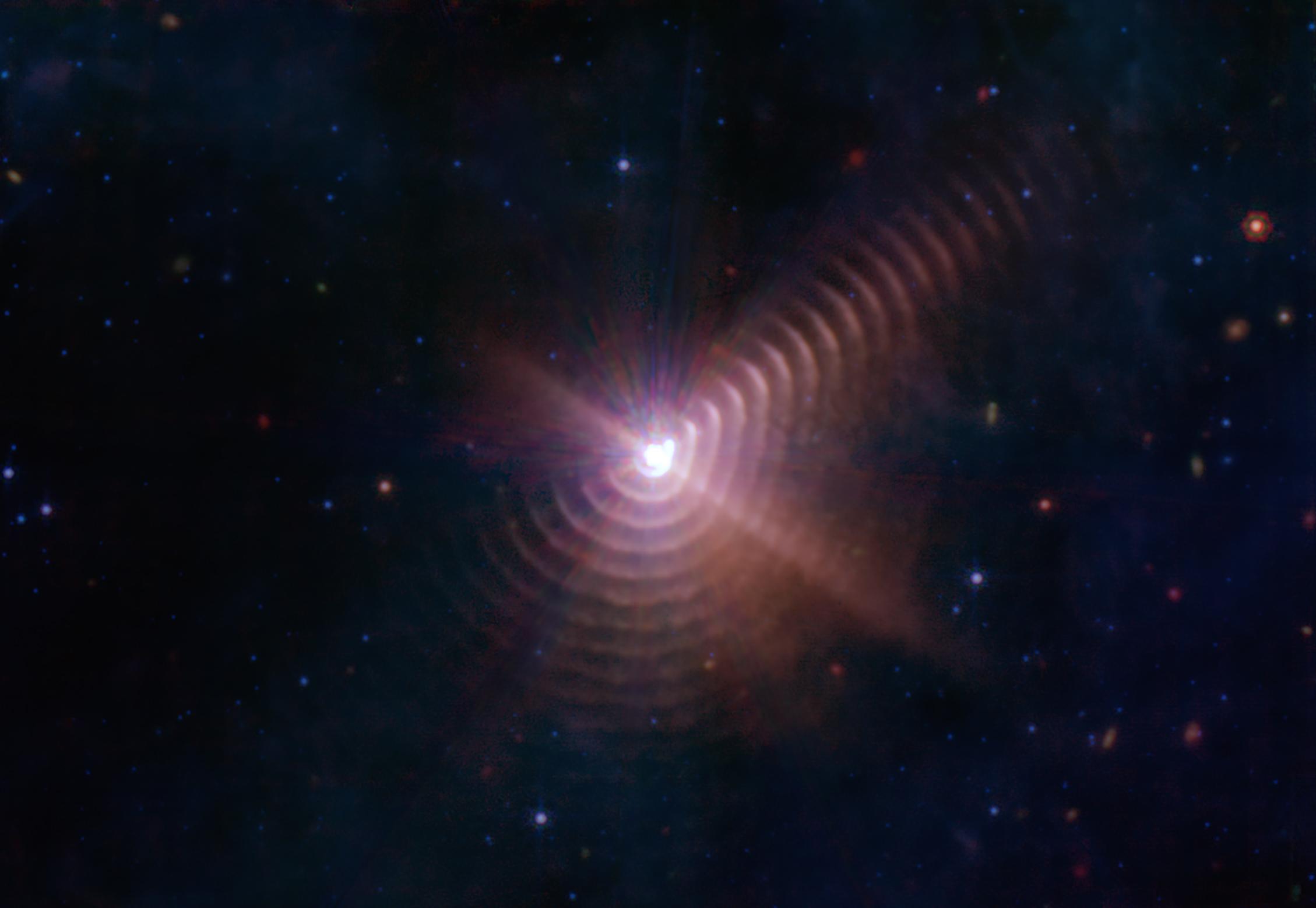
Lau and his co-authors think WR 140’s winds also swept the surrounding area clear of residual material they might otherwise collide with. There are likely even more rings that have become so faint and dispersed, not even Webb can see them in the data. The preservation of the dust shells indicates that this dust can survive in the hostile environment between stars, going on to supply material for future stars and planets.
